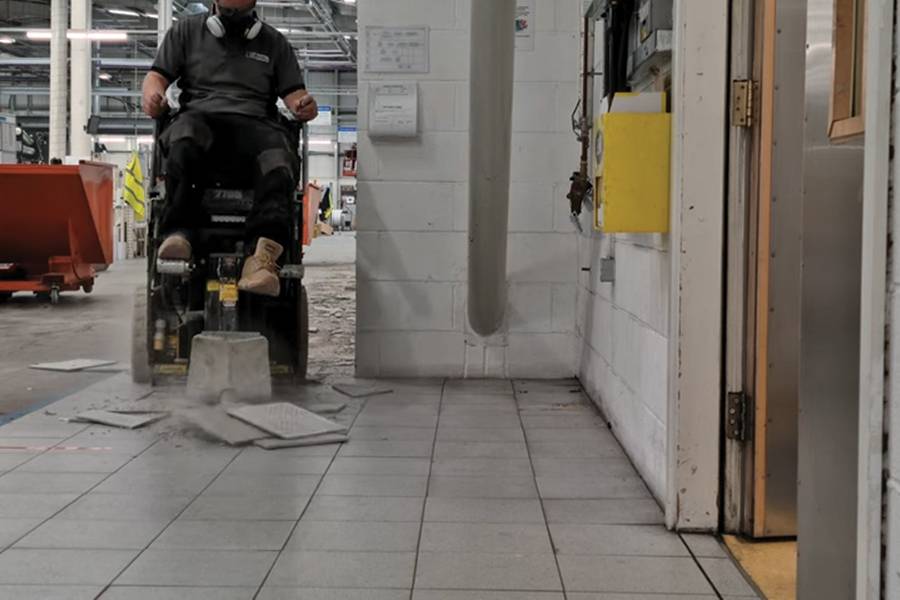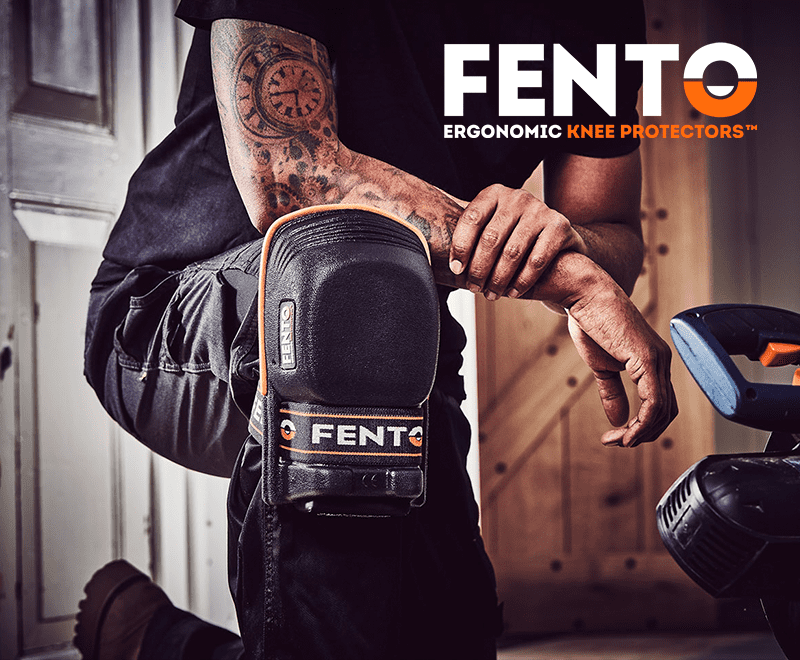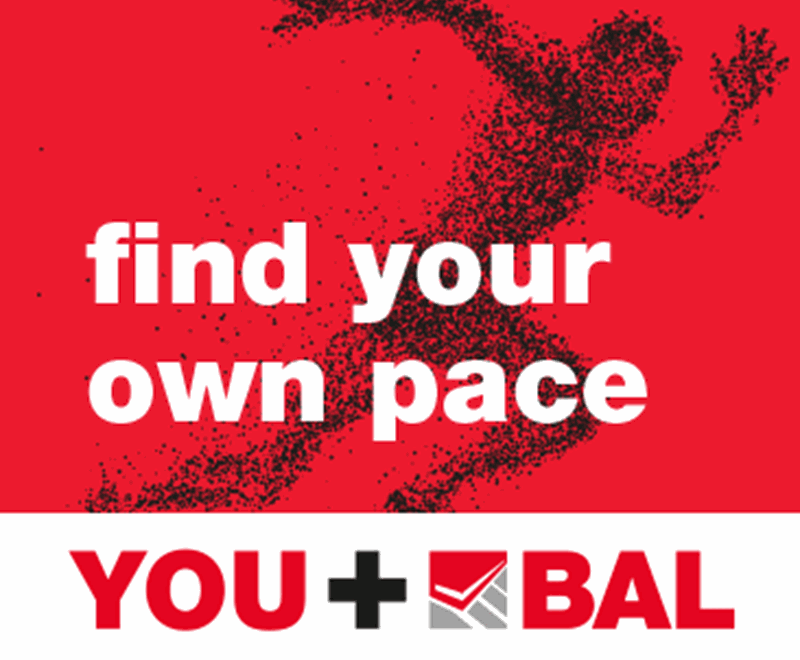Andy Harrison of Multi-Hire Power Tools explains some of the methods and equipment you can use to take up old ceramic tiles.
A tiled floor often has a mixture of loose and “pooh to a blanket” areas so you can be easily conned into thinking these will be up in two shakes. A couple of dozen tiles in and it’s getting progressively harder, and then there’s the adhesive and grout. Time to apply a bit of mechanical assistance.
All tilers will be familiar with the breaker and tile lifting blade which is pretty back breaking work after more than a few square metres. For small – medium areas, strap the breaker to a trolley and that will take some of the strain and vibration. These are quite expensive for what they are but can be hired in.
An alternative is a floor scraper with a ceramic chisel. There are a limited number of mechanical scrapers on the market, capable of tackling ceramics. It is possible to hire the NFE 550 which will take up small domestic ceramic tiles, after that the options narrow.
So, if even with a breaker the job is still too challenging, a bigger scraper is required. The next size up is the ride-on floor scraper. This is great for commercial contracts, ripping up in minutes what would take a team of guys armed with breakers days, maybe weeks. Better still, the ride on will also bravely tackle the residue adhesive and grout.
How much adhesive is left behind by the scraper depends on the nature, thickness, bond and consistency of the adhesive. Dependent upon the desired outcome, the residue may be liveable with but if you are needing to get back to a nice clean substrate, you will need another machine to deal with the adhesive.
Under 1mm thick will generally grind away with a floor grinder. Under 4mm thick, stick with the floor grinder but instead of grinding, use PCDs (polychrystaline diamonds) to scratch up the surface residual. Over 4mm generally requires a scabbler, a fast-revolving drum of star-shaped flails that hit the surface.
www.multi-hire.co.uk








